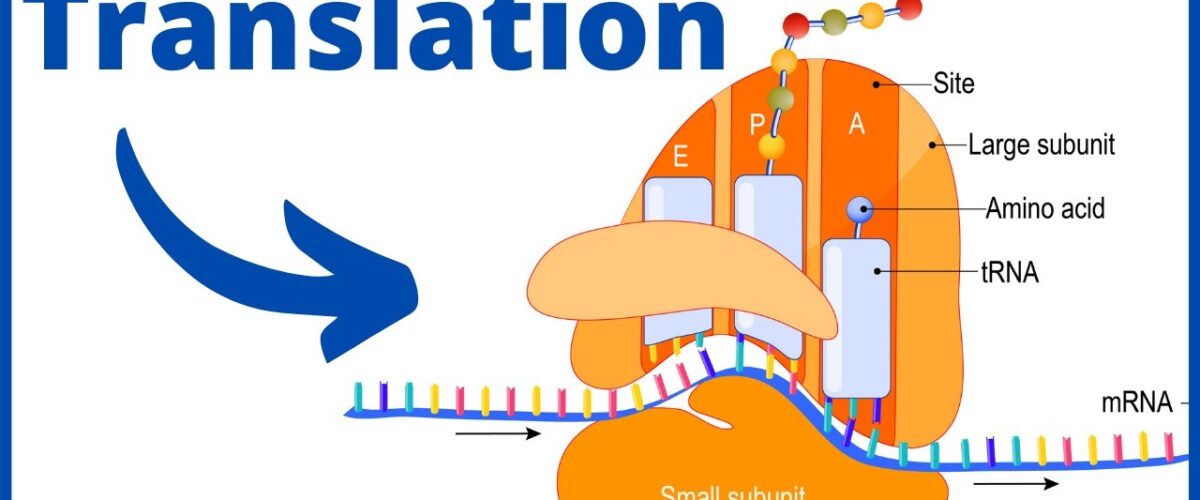
The increased desire for enterprises to go worldwide is expected to boost the language services sector to a market size of more than $56 billion by 2021. Translation is at the heart of this expansion and is essential for joining the global economy. Websites, papers, marketing materials, and user content must all be properly translated in order for companies to engage with new customers in new areas.
Translation does not have to be difficult, but it does require some forethought, and the complexities of this crucial process may be unfamiliar to businesses just beginning their worldwide journey. Here are our top 12 suggestions for making translation work for your company.
- Translation is the process of converting written or spoken text from one language (the source language) into another language (the target language), while preserving the meaning and intent of the original content.
- Translators need to have excellent proficiency in both the source and target languages. They should possess a deep understanding of the cultural nuances and context associated with the content they are translating.
- Translation can be done for various types of content, including documents, websites, books, legal contracts, medical records, and more.
- Translators often specialize in specific subject areas, such as legal, medical, technical, or literary translation. This specialization allows them to develop expertise and familiarity with the terminology and conventions of those fields.
- Machine translation (MT) is the use of software or algorithms to automatically translate text from one language to another. While MT has made significant advancements, human translators are still essential for accurate and nuanced translations, especially for complex or culturally sensitive content.
- Localization is an important aspect of translation that involves adapting content to suit the cultural, linguistic, and technical requirements of a specific target audience. This includes adapting formats, units of measurement, currencies, date and time formats, and more.
- Transcreation is a specialized form of translation that focuses on adapting creative content, such as advertising slogans or marketing campaigns, to resonate with the target audience while maintaining the original message and intent.
- Translation memory tools are commonly used by professional translators to store previously translated segments of text, allowing for consistency and efficiency in future translations. These tools can speed up the translation process and ensure consistent terminology usage.
- Quality assurance is a crucial step in translation, involving proofreading and editing to ensure accuracy, fluency, and adherence to the intended meaning of the original text. It helps eliminate errors, inconsistencies, and cultural misunderstandings.
- Interpreting is a form of translation that involves rendering spoken language from one language to another in real-time. Interpreters work in various settings, such as conferences, meetings, courtrooms, and medical appointments.
- Translators often face challenges, including idiomatic expressions, cultural references, regional variations, ambiguous words, and technical jargon. They must have excellent research and problem-solving skills to overcome these challenges.
- Professional translators and translation agencies adhere to ethical guidelines, such as confidentiality and non-disclosure agreements, to protect the privacy and integrity of the content they handle.
Remember that translation is a complex and dynamic field, constantly evolving with advancements in technology and changes in language usage. These key points provide a general overview, but there is much more to explore and learn about the fascinating world of translation.

Post a Comment